- 09:00 - 09:30Manufacturing in Sweden: A comparative look at EMS providersDennis Dahlgren - Senior Editor - Evertiq
What does the Swedish electronics manufacturing landscape look like today? This brief presentation highlights the top 15 EMS providers in Sweden based on 2023 revenue, along with insights into key market segments and regional strengths. The presentation aims to provide a snapshot of the Swedish EMS industry.
- 09:35 - 10:05How manage your embedded SW projects with demands on higher quality and less cost without losing track on the process?John Ludvigsen - Technical Area Manager - Application Lifecycle Management (ALM) - InnoFour
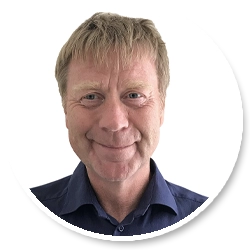
Embedded software is in virtually all the products we come in contact with every day. For example, there are 100+ million lines of code in automotive, 24% of Medical device recalls are due to software issues, and there's 15.4% growth in the software driven "Smart Appliance" market. As a result, the use of embedded software is quickly infringing on hardware’s dominance in the product development process.
However, in many environments’ software development is a siloed activity that leads to disconnects between product requirements and implementation that leads to product recalls or product failures. In legacy software development environments, many different point solutions are used to manage the application lifecycle. As a result, development artifacts are scattered, slowing down collaboration, hindering transparency, undermining integrity and making it difficult to drive innovation.
This presentation will cover the challenges in today’s embedded software development and how a unified solution can help organizations with project transparency from requirements to test throughout the project lifecycle. The presentation will also show how it’s possible to work with different stakeholders like clients and managers and with those that are in the project so that everybody has a real-time view of the status of the project.
- 10:10 - 10:55Effects of dust and moisture surface contaminants on automotive radar sensor frequenciesJeongmin Kang - Halmstad University
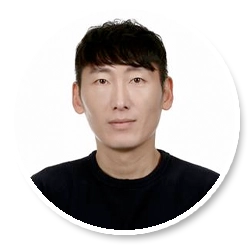
Abstract: Perception and sensing of the surrounding environment are crucial for ensuring the safety of autonomous driving systems. A key issue is securing sensor reliability from sensors mounted on the vehicle and obtaining accurate raw data. Surface contamination in front of a sensor typically occurs due to adverse weather conditions or particulate matter on the road, which can degrade system reliability depending on sensor placement and surrounding bodywork geometry. Moreover, the moisture content of dust contaminants can cause surface adherence, making it more likely to persist on a vertical sensor surface compared to moisture only. In this work, a 76–81 GHz radar sensor, a 72–82 GHz automotive radome tester, a 60–90 GHz vector network analyzer system, and a 76–81 GHz radar target simulator setup were used in combination with a representative polypropylene plate that was purposefully contaminated with a varying range of water and ISO standard dust combinations; this was used to determine any signal attenuation and subsequent impact on target detection. The results show that the water content in dust contaminants significantly affects radar signal transmission and object detection performance, with higher water content levels causing increased signal attenuation, impacting detection capability across all tested scenarios.
- 11:00 - 11:30Leading edge fineline PCB productionDr. Tamara Aderneuer - Application Engineer - DYCONEX AG
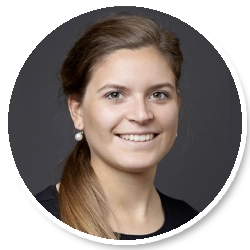
The miniaturisation of highly integrated flexible printed circuit boards (PCBs) is a critical advancement in modern electronics, driven by the demand for smaller, more efficient devices. This talk explores the use of a semi-additive process (SAP) to achieve fine structures with line and space dimensions as small as 15 µm. The SAP technique offers significant advantages in artwork precision, making it ideal for high-density applications. SAP technology enables smallest line/space structures, and therefore a small pitch not possible with conventional subtractive technology. Miniaturisation through additive processes imposes new requirements on existing quality inspections and equipment technology. Dyconex discusses challenges and developments to support the continued miniaturisation of PCB substrates, ensuring both high performance and reliability in future electronic devices.
- 11:35 - 12:35Semicon Sweden - A national effort for innovation and growth that places Sweden on the global semiconductor mapSvensk Elektronik
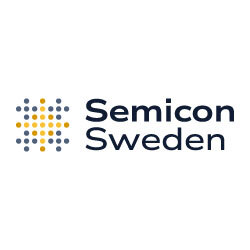
Sweden is taking strong action to strengthen its position within the global semiconductor sector. Ahead of Evertiq Expo at Malmö Arena on May 15th, Semicon Sweden & Swedish Electronics have put together a solid semiconductor block focusing on concrete initiatives and success stories seen from various perspectives, such as Ericsson's use of semiconductor technology in its radio networks.
Lund University will also be present to provide the academy's perspective on the development of Swedish research infrastructure and to talk about the WBG pilot line within Chips JU, in which Sweden plays an active part. Furthermore, from Lund University, we will also gain insights into deeptech and how we create the companies of the future by combining innovations born from groundbreaking research with entrepreneurship.
Semicon Sweden will describe how they proactively work forging a broad alliance encompassing industrial, academic, and research stakeholders to fortify Sweden’s national semiconductor ecosystem. They will furthermore detail how they strategically drive the semiconductor agenda for Sweden and promote Sweden's strategic role internationally.
The Swedish Chip Competence Center (SCCC) is participating to spread the message about how they support startups and SMEs with access to semiconductor technology and funding, and how they provide training and education on chip design and production.
The industry organization Swedish Electronics will share how they drive strategic issues to strengthen Sweden's competitiveness.
In addition, the international collaboration project ElektroLink, which aims to create business opportunities and increase Sweden's visibility in Europe, will be presented.
- 12:40 - 13:10Obsolescence management starts at designRonny Nietzsche - Regional Sales Manager - Rochester Electronics

"You can’t make Obsolescence Obsolete."
It's a given – we know that EOLs (End of Life) are a part of the market. This presentation offers insight into how and why EOLs occur and strategies that can be used to minimize their impact.
In short: Plan for EOLs already at the system or design start.
- 13:15 - 14:15Ripples and Tsunamis in the Semiconductor Supply ChainClaus Aasholm - Semiconductor Business Intelligence
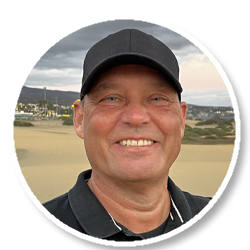
The well-known four-year ebb and flow of the semiconductor industry is over. Political decisions and ambitions challenge the economic logic of supply and demand. Subsidies, embargoes and the AI revolution are now dictating the investment decisions while China plays the long game. Get ready for a one-hour chart attack from Semiconductor Business Intelligence.
- 14:20 - 14:50Component Reclaim – a green solution for the electronic industryStefan Theil - CEO - Factronix
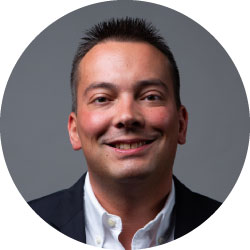
In electronics the circular economy embodies strategies to extend product lifecycles & promote reuse. Factronix is a company that has extensive experience in this field, so during the speech it will talk about what related services are important and why.
The lecture will therefore focus on issues such as Component Recovery, Laser Reballing, Retinning, Test Services, that is, services which involve giving a second life to electronic components that would otherwise be discarded, turning potential waste into valuable resources. - 14:55 - 15:45Semiconductors in Sweden – What will it take to succeed?Evertiq
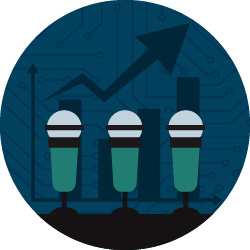
Sweden is at a turning point – how can we secure our place in the global semiconductor landscape? In this panel discussion, voices from industry, academia, and research come together to explore Sweden’s potential and role in the semiconductor sector. How can we better highlight our strengths? And what needs to happen for a strong and sustainable Swedish semiconductor sector to take shape?